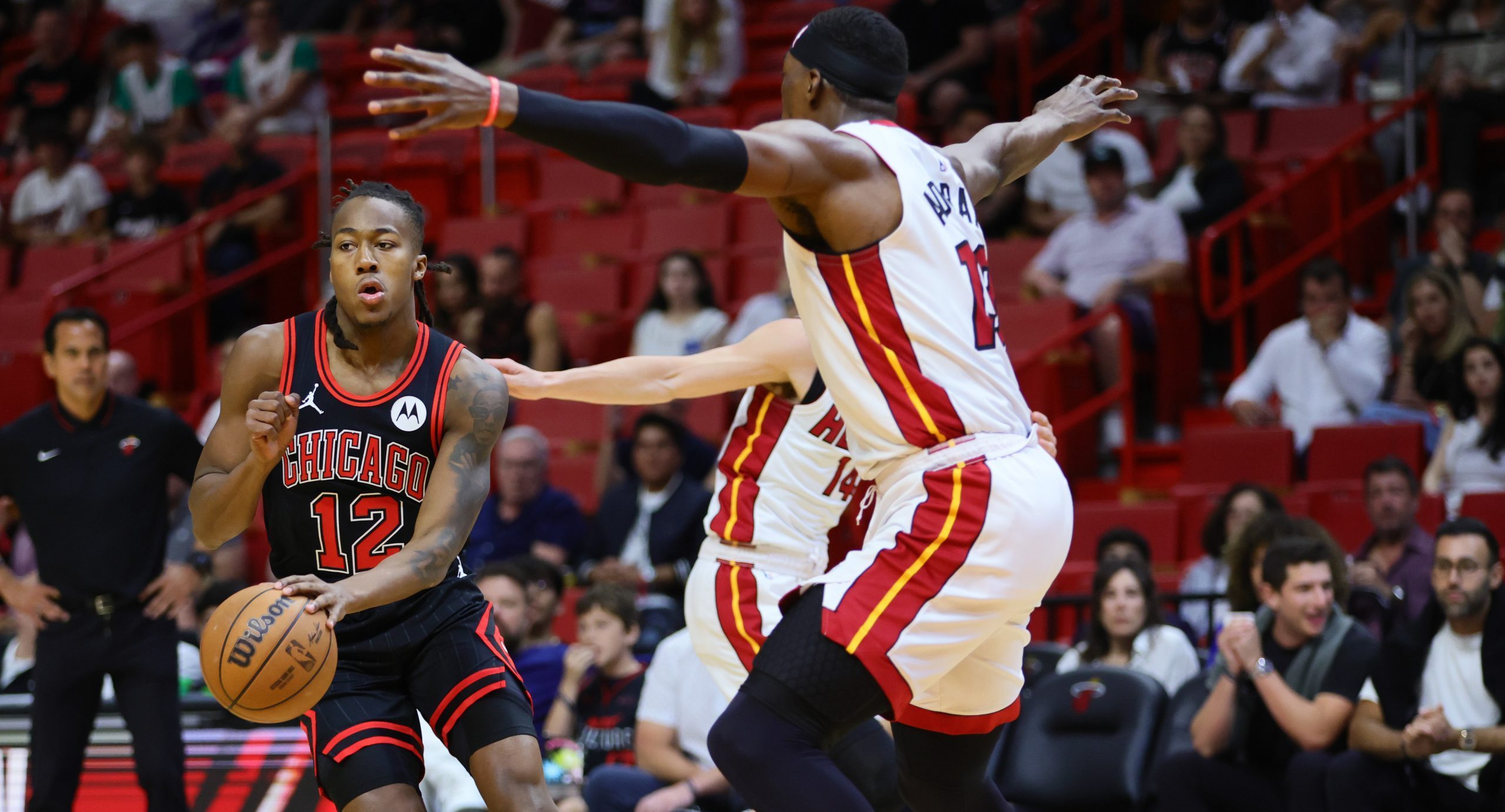Ratings for Twitter’s second week of streaming Thursday Night Football jumped 34 percent, suggesting that the ambitious effort to bring the NFL to social media was going according to plan.
The latest
“While we felt the platform delivered on our client expectation based on our valuation, it’s worth noting that the average minute audience delivery for our clients was less than half of the Twitter nonguaranteed projections,” said Optimum SportsManaging Director Jeremy Carey, who oversees accounts for Infiniti, Pepsi and Lowe’s.
…
“Optimum Sports’ expectation is likely similar to that of Twitter and the NFL,” Carey said. “We are going to learn a great deal over the course of this season about the value of this audience and how to optimize within a space that affords us the ability to better understand and communicate with the consumer. If we can do that while providing a valuable audience to our clients at the right cost, it’s a win-win for everyone.”
…
“Twitter’s numbers are small, but reasonable,” said Adam Schwartz, director of national broadcast, sports media for Horizon Media, who did not have any clients who bought one of Twitter’s NFL packages this year. “Nobody thinks this is going to take over television. But I bet they would have thought that they would have done a little bit better than the final numbers.”
The general tone from these quotes is disappointment that the ratings haven’t quite lived up to their expectations, which have been set for them by Twitter itself.
The biggest issue for Twitter seems to be getting viewers to stick around as long as they do for games on television or even on television apps on the computer (like FoxSpotsGo or WatchESPN). The social media audience is inherently transient, with users accustomed to checking their feed, scrolling for a few minutes and then moving on to the next thing, and those attitudes seem to be plaguing Twitter’s streaming efforts.
It’s also possible that viewers were noticing the game on Twitter and then turning on their TVs, while shutting their laptops. Though Twitter’s streaming debut reached a respectable 243,000 viewers per minute, those viewers watched for only 22 minutes on average. On the bright side, the second game, this past Thursday, had a similar number of total viewers but a much higher rating, suggesting fans tuned in for longer intervals.
Despite the improvement of Twitter’s second streaming effort, it’s disconcerting to hear that the 22-minute average of the first game was only half of Twitter’s guarantee. The trick to improving the average viewing time could be getting more people to watch the Twitter feed from their TVs. From SBD:
The length of tune-in should increase as the season progresses. Twitter launched apps for Apple TV, Amazon Fire TV and Xbox One the week before its first streamed game. As viewers find those apps, they should stick with games longer.
“When WatchTV shows up on a TV screen, it behaves like TV,” Coletti said. “You get the same amount of time spent.”
It seems that in order to be successful in the streaming market, Twitter will have to fend off other tech companies, traditional television broadcasts and, apparently, the short attention spans of social media users.








Comments are closed.